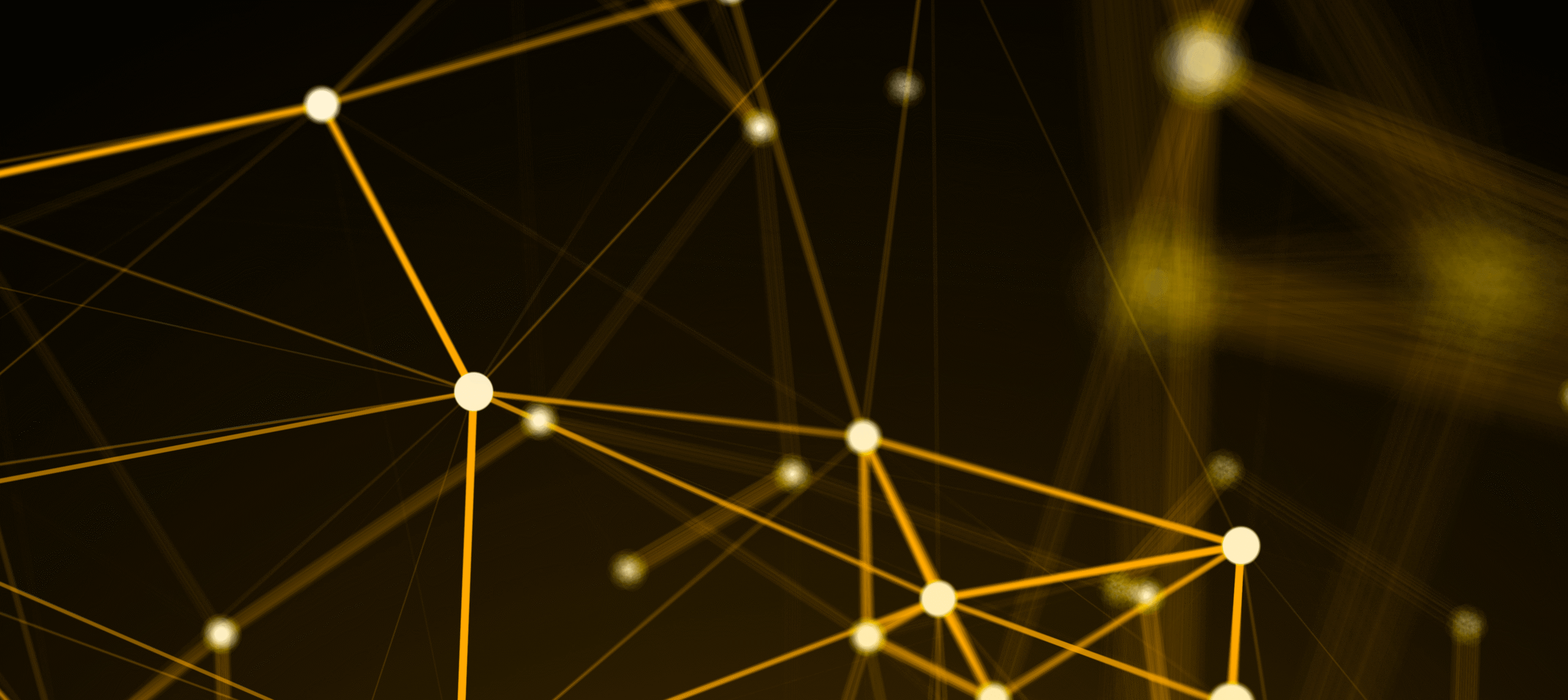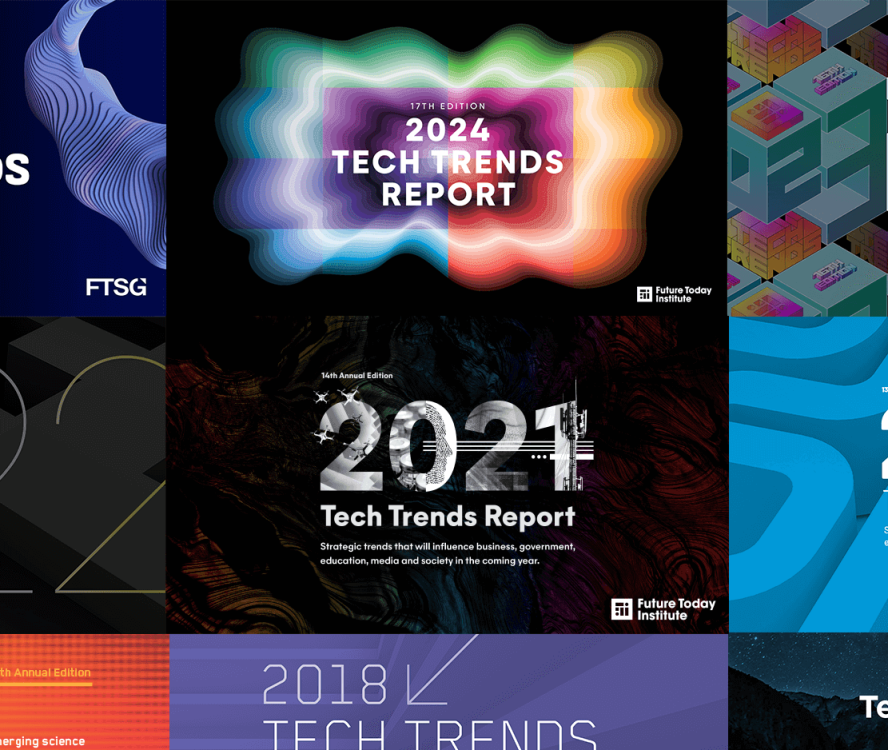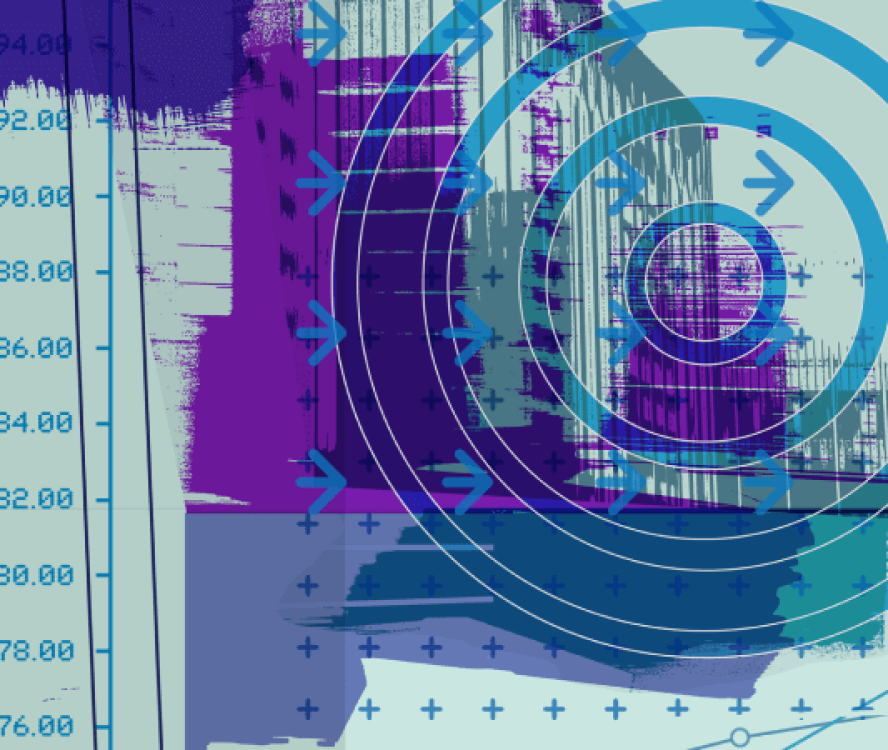When the average person thinks of innovation, they probably imagine someone like Steve Jobs having a eureka moment. But I’m going to let you in on a little secret: the future isn’t built by eureka moments. It’s built by people who see connections where others see isolated dots.
Take the iPhone. Now, the iPhone wasn’t revolutionary because it was a phone; it was revolutionary because someone connected a bunch of separate functions – a phone, a computer, a camera, a music player – all into one device. How about Netflix? Sure, Netflix’s success is in part due to being an early entrant in the streaming space – but it was more than that. They connected entertainment, data analytics, and binge-watching behavior in a way that revolutionized audience retention. Even the Post-it Note came from connecting an adhesive that originally failed for being too weak with the need for a bookmark that could stay in its place on one page and then easily be moved to the next.
Innovation isn’t about creating something from nothing. It’s most often about forming connections between things that already exist but don’t appear related at first glance. True innovators don’t ask, “Is there a connection?” They ask, “What is the connection?” and start looking for a pathway.
This kind of thinking requires practice. There’s an exercise we have here at FTSG that we’ve made into a game called Decode the Future. All you have to do is choose a technology, a situation, and a stakeholder. Then, you explore connections between those elements in order to shape a possible future.
Let’s walk through an example together. With back-to-school season in full swing, we’ll use:
- Technology: Artificial Intelligence
- Situation: Growing income inequality
- Stakeholder: Student
In this future, a handful of low-income school districts facing budget constraints have made the decision to incorporate AI tutoring systems into public schools to counter a shortage of traditional resources. In one of those schools, there is a student who’s been struggling with calculus.
When the student sits down to tackle derivatives, her AI tutor doesn’t just give her practice problems; it has noticed she learns better when math connects to her passion for music production, so it explains rate of change using beat frequencies and sound wave modulation.
When the student gets frustrated, the AI doesn’t just repeat the explanation; it connects her emotional state to her learning pattern. It knows she needs a five-minute break to doodle in her notebook, which helps her process complex ideas, before trying a different approach.
Meanwhile, her teacher’s role has evolved. While the AI handles personalized practice and instant feedback, he focuses on what he does best: inspiring curiosity, facilitating discussions, and helping students understand how education can set them up to achieve their goals.
Here’s where it gets interesting. The struggling student’s AI tutor also tracks other students’ learning patterns, identifying knowledge gaps across the whole school. This data informs curriculum planning, helping teachers see which concepts need more creative approaches. Despite resource shortages, the school’s academic performance improves.
Regional teacher training programs begin incorporating new teaching methods from the AI tutor pilot programs. When news of the improved results reach state and local governments, education policy begins valuing learning outcomes over standardized test scores, revamping the way that schools are evaluated and funds distributed.
Notice what just happened here? The collision of a budget crisis, an emerging technology, and unique learning styles ultimately reshaped how we might think about educational policy. The chain reaction reveals that one of the biggest roadblocks to innovation isn’t lack of creativity – it’s tunnel vision. We get so focused on what’s happening within our own industry, our own field, our own immediate world, that we sometimes miss the adjacencies. We fail to look sideways and see what might be hiding in completely different domains.
You don’t have to be a professional futurist or innovation consultant to practice connective thinking. It’s a process that can be helpful for any instance where you might be imagining the future – science fiction, anyone? – or learning something new. The question isn’t whether connections will happen. It’s whether you’ll be someone who recognizes them, shapes them, or gets surprised by them.
So here’s my challenge: look around your world – your school, your job, your community – and pick three things that seem completely unrelated. Don’t ask if there’s a connection. Find how they’re connected.
Because the future belongs to the connection-makers. And that could be you.








